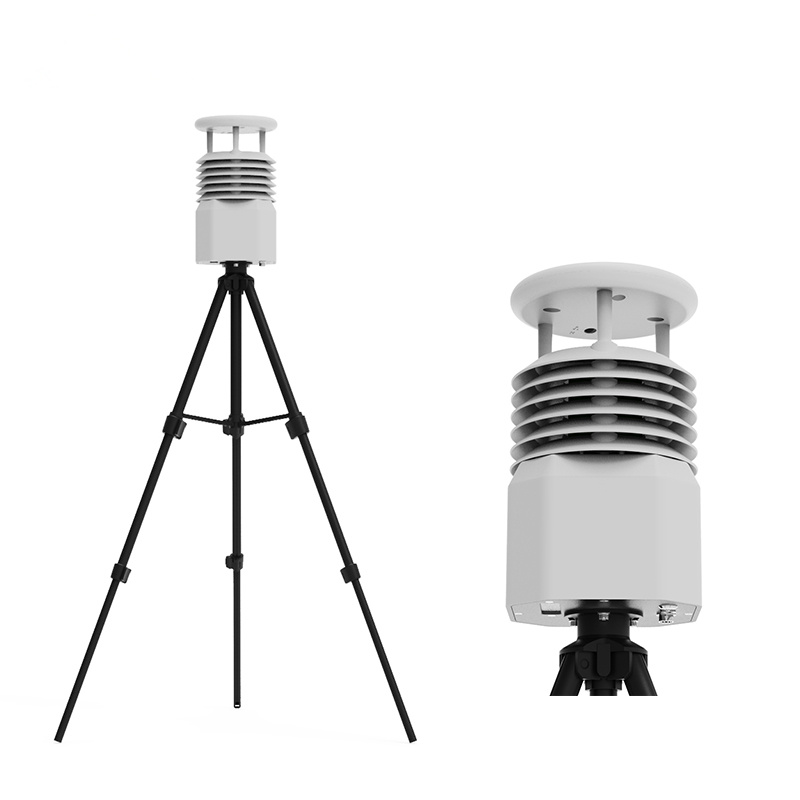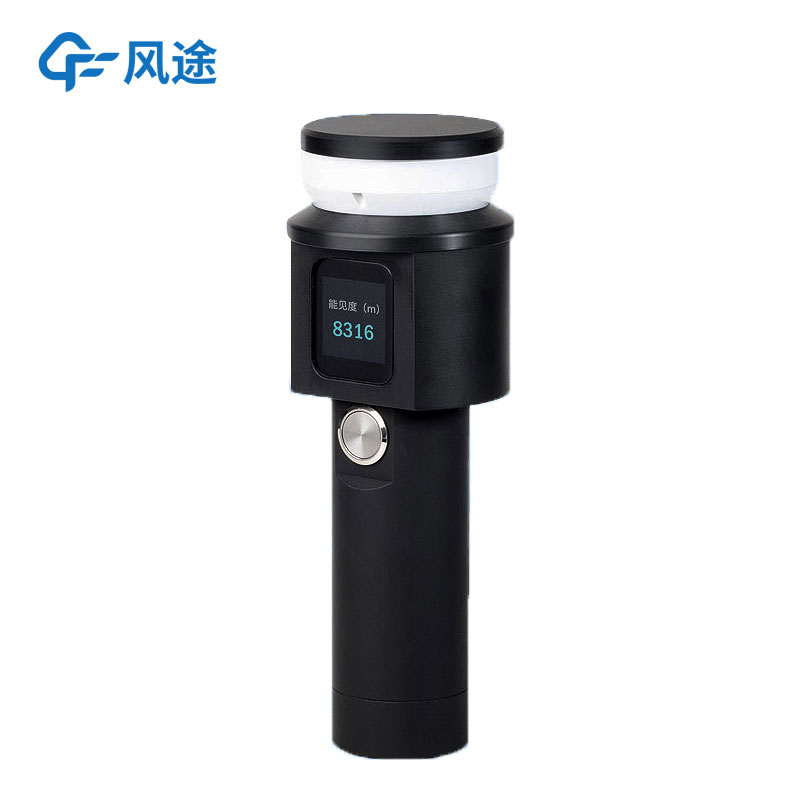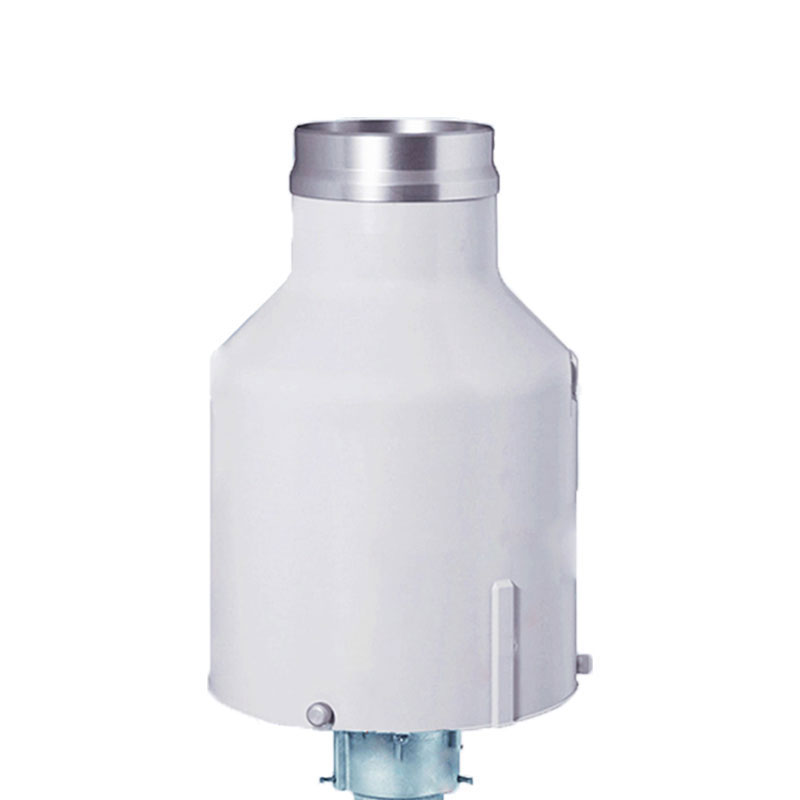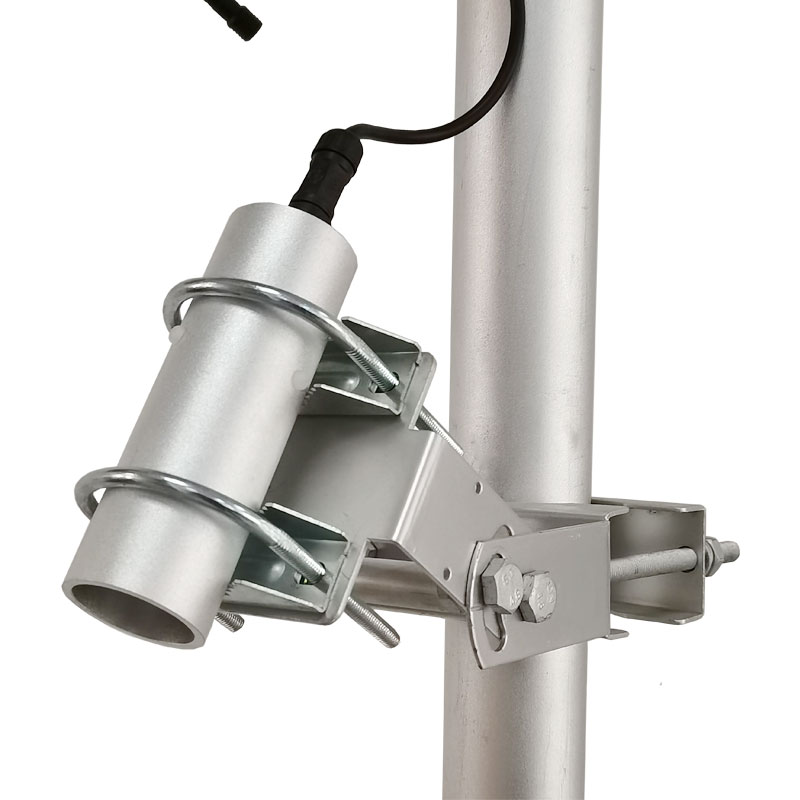Product
Recommended article
- One - Stop Dust Monitoring Solution
- How Forestry Weather Stations Bolster Forest Fire Prevention Efforts
- Discover the Power of Negative Oxygen Ion Monitoring System for Cleaner Air
- Comparative Analysis of Ultrasonic and Automatic Weather Stations in Meteorological Monitoring
- Breaking Through the ‘Last Meter’ with Online Dust Monitoring System
- Mastering Road Conditions with Road Weather Station
Contact us
Shandong Fengtu IOT Technology Co., Ltd
Sales Manager:Ms. Emily Wang
Cel,Whatsapp,Wechat:+86 15898932201
Email:info@fengtutec.com
Add:No. 155 Optoelectronic Industry Accelerator, Gaoxin District, Weifang, Shandong, China
Pavement Condition Detectors: Advantages of Laser Remote Sensing Technology
Article source:Weather station time:2024-07-19 08:49:20 viewed:34times
Laser remote sensing pavement condition detectors are currently available in the market as a key tool for assessing the condition of road surfaces. The ability of such devices to detect the condition of road surfaces under different environmental conditions, such as dry, wet, waterlogged, icy or snowy, provides valuable data for road maintenance and traffic management.
Laser remote sensing detectors offer significant advantages over traditional buried detection techniques.
Around 2008, buried detectors were the mainstay of the market. They needed to be installed underneath the road surface and usually relied on imports, which were not only costly but also complicated to install and maintain.
Technological advancements have continued to drive the development of detection technologies, especially the application of spectral analysis technology, which has been making its presence felt in the market since around 2015. The laser remote sensing pavement condition detector utilizes this technology to achieve non-embedded, non-contact, and long-distance measurement of pavement condition.
Laser remote sensing detectors are capable of directly inspecting travel lanes or overtaking lanes without the need to cut or install invasive equipment on the pavement. Remote measurements via laser technology have minimal impact on traffic flow, do not require traffic control, and reduce physical disruption and maintenance costs to the roadway.
By emitting a laser beam and analyzing the reflected signals, this "non-embedded" detector is able to monitor key indicators such as pavement texture, smoothness and moisture content in real time. Its ease of operation and flexibility makes road inspection more efficient and provides a more accurate scientific basis for road maintenance and traffic safety.
At present, the laser remote sensing pavement condition detector is gradually replacing the traditional buried detection method, becoming a new favorite in the field of road testing. Its non-contact detection not only improves the accuracy and efficiency of detection, but also opens up a new direction for the development of road detection technology.
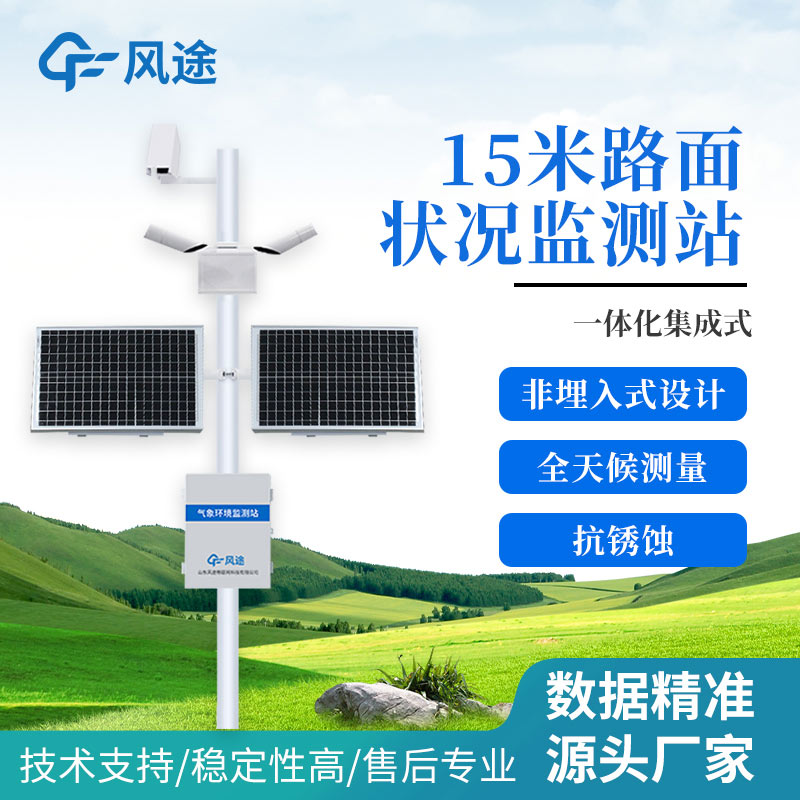
This paper addresses:https://www.yf182.com/industry/438.html
Related products
Related article
-
Building a Meteorological Station: Steps and Considerations
2024-10-09 -
Comparative Analysis of Ultrasonic and Automatic Weather Stations in Meteorological Monitoring
2025-01-13 -
Road Weather Station: Ensuring Safe Transportation with Precise Monitoring
2024-09-14 -
Road weather stations to monitor road weather
2024-04-03 -
Highway Visibility Detector for Enhanced Safety
2024-08-23 -
Grid-based environmental monitoring system, a refined environmental management model
2024-04-28 -
Meteorological Observation Station: Unraveling the Mysteries of Weather
2024-09-20 -
What kind of equipment is a portable power quality analyser?
2024-06-07


